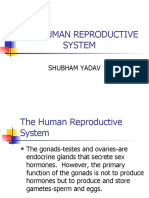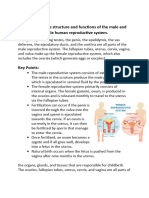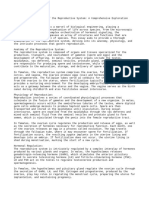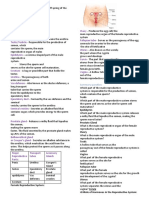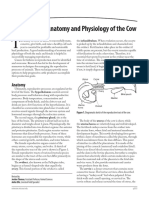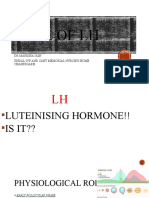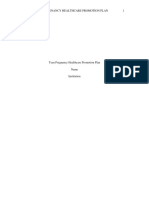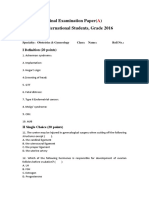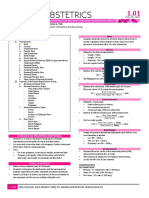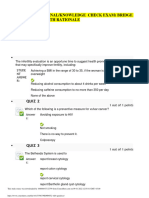0% found this document useful (0 votes)
15 views5 pagesReproductive System
The reproductive system is essential for species propagation, producing gametes and supporting offspring development. In males, sperm production occurs continuously, while females have a cyclic process for ova production and potential pregnancy. Aging affects both systems differently, with females experiencing a sharper decline in reproductive capacity and males facing gradual changes in testosterone levels and fertility.
Uploaded by
alizamaevega73Copyright
© © All Rights Reserved
We take content rights seriously. If you suspect this is your content, claim it here.
Available Formats
Download as PDF, TXT or read online on Scribd
0% found this document useful (0 votes)
15 views5 pagesReproductive System
The reproductive system is essential for species propagation, producing gametes and supporting offspring development. In males, sperm production occurs continuously, while females have a cyclic process for ova production and potential pregnancy. Aging affects both systems differently, with females experiencing a sharper decline in reproductive capacity and males facing gradual changes in testosterone levels and fertility.
Uploaded by
alizamaevega73Copyright
© © All Rights Reserved
We take content rights seriously. If you suspect this is your content, claim it here.
Available Formats
Download as PDF, TXT or read online on Scribd
/ 5

